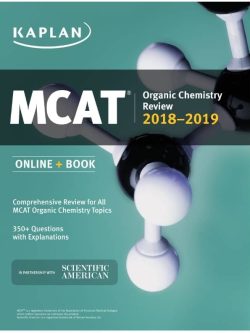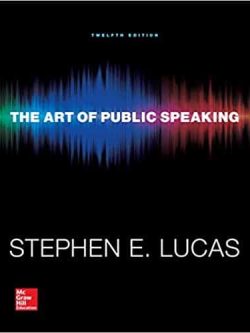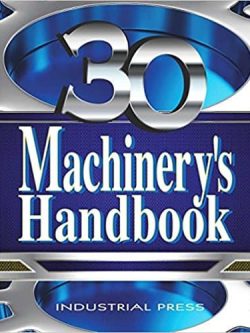Specifications
| book-author | Emil Slowinski (Author) ; Wayne Wolsey (Author) ; Robert Rossi (Author) |
|---|---|
| file-type | |
| isbn10 | 0357364538 |
| isbn13 | 978-0357364536 |
| language | English |
| publisher | Cengage Learning |
Book Description
**”Chemical Principles in the Laboratory” (12th Edition)** by Emil Slowinski, Wayne Wolsey, and Robert Rossi is a laboratory manual designed for introductory chemistry courses. The manual provides hands-on experiments that align with key chemical principles, helping students understand theoretical concepts through practical application in a laboratory setting.
### **Key Features and Content Overview:**
#### **1. Introduction to Laboratory Techniques**
– **Basic Lab Skills**: The manual begins with an introduction to essential laboratory techniques such as measurement, safety protocols, handling chemicals, and the proper use of laboratory equipment.
– **Focus on Accuracy and Precision**: There is significant emphasis on the importance of accuracy and precision in experiments, with instructions on how to minimize errors and properly record data.
#### **2. Classical and Modern Chemistry Experiments**
– **Wide Range of Experiments**: The book covers a broad spectrum of chemistry topics, including stoichiometry, thermodynamics, acid-base chemistry, redox reactions, and equilibrium. Each experiment is designed to reinforce key chemical principles.
– **Inquiry-Based Learning**: Many experiments are structured to encourage inquiry-based learning, prompting students to ask questions and explore scientific concepts through hands-on experimentation.
#### **3. Quantitative and Qualitative Analysis**
– **Quantitative Analysis**: Students are guided through experiments that require quantitative analysis, such as titrations, molarity calculations, and determining empirical formulas.
– **Qualitative Analysis**: The book also includes experiments that focus on qualitative observations, such as the identification of unknown substances based on their chemical behavior.
#### **4. Experiment Setup and Procedure**
– **Step-by-Step Procedures**: Each experiment includes detailed, step-by-step instructions on how to set up and conduct the experiment. Clear illustrations and diagrams accompany the text to ensure that students can follow the procedures accurately.
– **Pre-Lab and Post-Lab Questions**: To encourage critical thinking, each experiment is accompanied by pre-lab questions that help students prepare for the experiment, as well as post-lab questions designed to reinforce the learning objectives.
#### **5. Data Collection and Analysis**
– **Recording Data**: The book emphasizes proper methods for data collection, including the use of tables, graphs, and charts. Students are encouraged to meticulously record their observations and results during each experiment.
– **Data Interpretation**: The manual includes guidance on how to analyze and interpret experimental data, helping students understand how their findings relate to theoretical chemical principles.
#### **6. Chemical Calculations**
– **Mathematical Applications**: Many of the experiments require students to perform chemical calculations, such as determining molar masses, calculating reaction yields, and understanding gas laws. The manual provides clear explanations and examples of how to perform these calculations.
– **Balancing Equations and Stoichiometry**: The book provides detailed practice on balancing chemical equations and performing stoichiometric calculations based on experimental data.
#### **7. Environmental and Green Chemistry**
– **Environmental Focus**: Some experiments are designed to highlight the environmental impact of chemical reactions and industrial processes. Students explore topics such as pollution, green chemistry, and sustainable chemical practices.
– **Sustainability Concepts**: The authors incorporate principles of sustainability into the laboratory experiments, encouraging students to think about the ecological implications of chemical processes.
#### **8. Safety in the Laboratory**
– **Safety Guidelines**: A significant portion of the manual is dedicated to laboratory safety, ensuring that students understand how to handle chemicals properly, dispose of waste, and respond to emergencies.
– **Personal Protective Equipment (PPE)**: The manual emphasizes the correct use of PPE, such as lab coats, gloves, and goggles, to protect students during experiments.
#### **9. Advanced Topics**
– **Spectroscopy and Chromatography**: The book introduces students to advanced laboratory techniques such as spectroscopy and chromatography, which are used to analyze chemical compounds and mixtures.
– **Electrochemistry and Thermochemistry**: Additional experiments explore the principles of electrochemistry and thermochemistry, allowing students to delve deeper into more complex chemical concepts.
#### **10. Online Resources and Support**
– **Supplementary Material**: The 12th edition includes online resources that provide additional support, such as video tutorials, digital simulations, and practice quizzes to enhance student learning outside of the laboratory.
– **Interactive Learning Tools**: The manual may also offer access to interactive learning tools that help students visualize chemical reactions and processes in a virtual environment.
### **Conclusion**
**”Chemical Principles in the Laboratory” (12th Edition)** is a comprehensive laboratory manual that offers students the opportunity to apply chemical theories through hands-on experimentation. With a focus on accuracy, safety, and inquiry-based learning, this manual is an invaluable resource for introductory chemistry courses. The experiments are designed to complement the theoretical content of chemistry textbooks, providing students with a deeper understanding of chemical principles.













Reviews
There are no reviews yet.